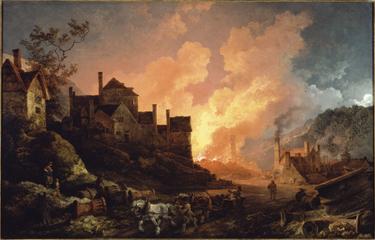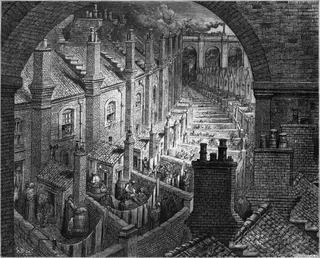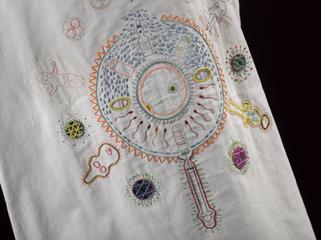
Modern Hindu almanac, or Panchanga.
This is a modern example of a Panchanga: a Hindu calendar and almanac. Panchangas are used by India’s Hindu population to determine the most auspicious days and times to do such activities as getting married, moving house and making important business and political decisions. This Panchanga, produced in 2017, was purchased for display in the Science Museum’s 2017 exhibition Illuminating India: 5000 Years of Science and Innovation.
Panchangas are astrological almanacs based on the ancient Vedic system of calculation, which dates back to at least 700 BCE. They are published by a variety of bodies including universities, societies, and individual authors, and are widely available in India in shops and markets much like horoscopes in the UK.
The name ‘panchanga’ is derived from the Sanskrit meaning ‘five limbs’, because it considers five aspects of time based on the motions of the moon. These five aspects are tithi (lunar day), vara (day of the week), nakshatra (star, or transit of the moon on a particular lunar day in a particular constellation), yoga (a calculation for the separation between the sun and moon), and karana (half of a lunar day). Using these units, a year is divided into two parts and then further subdivided into seasons, months, and so on, down to the half lunar day. Astrologers can use panchangas to calculate the movements of planets, the exact times of eclipses, the proper days for observing religious festivals, pilgrimages or fasts, and auspicious or inauspicious times for certain actions such as marriages.
Drawing up a panchanga involves complex mathematics, based on elaborate spherical geometry and an advanced understanding of astronomical phenomena. Ancient Vedic scholars created elaborate formulations to simplify this process.
Details
- Category:
- Art
- Object Number:
- 2022-492
- Materials:
- ink and paper (fibre product)
- Measurements:
-
overall: 46.5 cm x 31.5 cm
- type:
- modern panchanga




